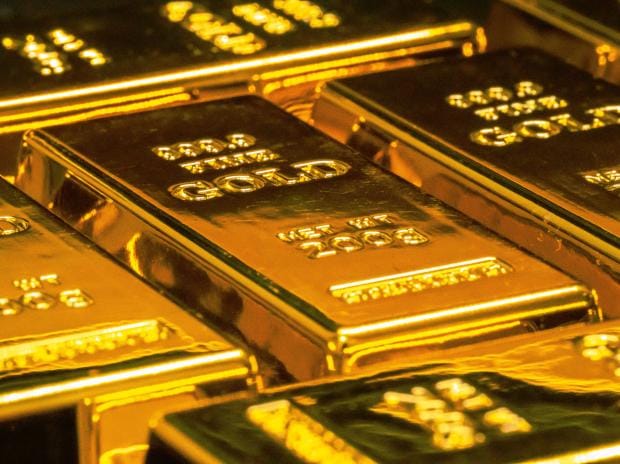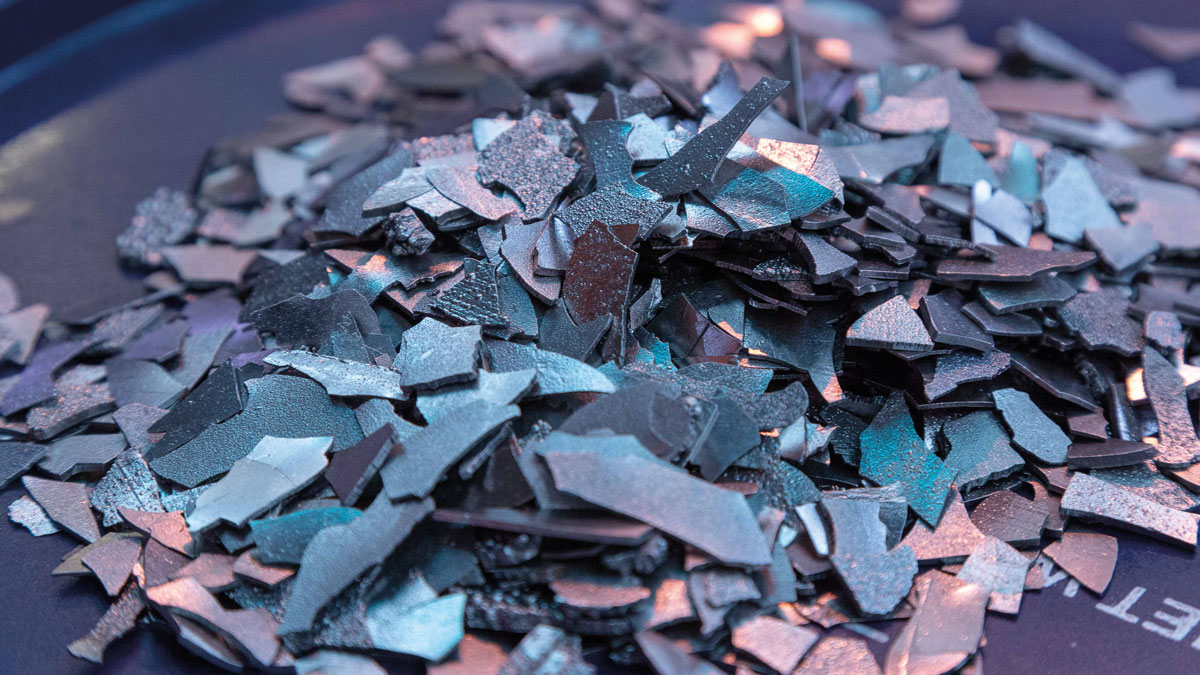
Russian President Vladimir Putin ordered the deployment of troops to two separatist territories in eastern Ukraine on Monday (February 21). Putin ordered Russian peacekeepers to dispatch to Ukraine’s two separatist areas the self-proclaimed Donetsk People’s Republic and the Lugansk People’s Republic, in a televised address. The conflict in Russia and Ukraine had an impact on global commodities prices. Prices are likely to continue to rise.
Here’s a rundown
1. Gold

Gold prices are already soaring globally as a result of the ongoing conflict. It touched a near nine-month high on Tuesday after Putin’s latest plan to deploy soldiers to two breakaway regions in eastern Ukraine (February 22).
By 0332 GMT, spot gold XAU= was up 0.2 percent to $1,909.60 per ounce, after reaching its highest level since June 1 at $1,913.89 per ounce. Gold futures in the United States GCv1 rose 0.6 percent to $1,911.50.
Jeffrey Halley is a senior market analyst at OANDA. He said, “With the situation deteriorating seemingly by the day in Eastern Europe, there is very little reason to be negative on gold at the moment.”
Halley added, “Rising stagflationary pressures around the world are also underpinning the precious metal, a situation that will be exacerbated by massive Western sanctions on Russia if they come to play.”
The Russia and Ukraine crisis could lead to a very high price of one of the most important commodities in the world.
2. Aluminum

Russia provides for about 6% of the global aluminum supply. Therefore, the growing border tensions between Russia and Ukraine could result in soaring aluminum prices.
The conflict could result in a supply shock in the already-constrained aluminum market.
Aluminum prices have climbed by nearly 15% in recent days, up to February 21. Prices are reaching multi-year highs, and there’s a chance they might surge even higher.
Aluminum prices may fall when the conflict ends. But they will increase again since the deficit will persist, according to Christopher LaFemini, a Jefferies analyst quoted by Oilprice.com.
3. Oil

Oil struck a seven-year high after Putin’s new announcement. It’s worth noting that Russia is an oil and gas juggernaut. Thereby, pumping roughly nine million barrels of crude oil every day.
Crude has already risen more than 20% this year due to strong demand. It climbed even higher on Tuesday, with Brent approaching $100 for the first time since 2014.
The increases were not tempered by hopes of an Iran nuclear deal, which may also see Tehran resume global oil exports.
The rise in oil prices is adding to global concerns about inflation, with the Federal Reserve under increasing pressure to tighten monetary policy to keep prices from spiraling out of control.
4. Natural gas

Russia is a major producer of natural gas. Hence, the ongoing conflict could result in considerably higher natural gas prices. As per BP data, the corporation pumped 639 billion cubic meters of natural gas in 2021. It accounts for roughly 17% of world production of 3.854 trillion cubic meters.
The West thinks that Russia is taking advantage of the crisis by using natural gas as a tactic. The charges also suggest that Russia is delaying the certification of Nord Stream 2. It is a system of offshore natural gas pipes in Europe that runs from Russia to Germany under the Baltic Sea.
5. Copper

According to USGS data, Russia likewise produced 920,000 tonnes of refined copper in 2021, contributing to about 3.5 percent of global output.
As per Oilprice.com, the other two big producers are UMMC and Russian Copper Company. Russia’s main export markets are Europe and Asia, and the continuous conflict is likely to have an impact on exports, resulting in increased worldwide pricing.
6. Cobalt

Cobalt prices may rise as a result of the Russia-Ukraine war.
Figures from the US Geological Survey suggest that Russia produced 7,600 tonnes of cobalt last year. It is equivalent to more than 4% of global production.






